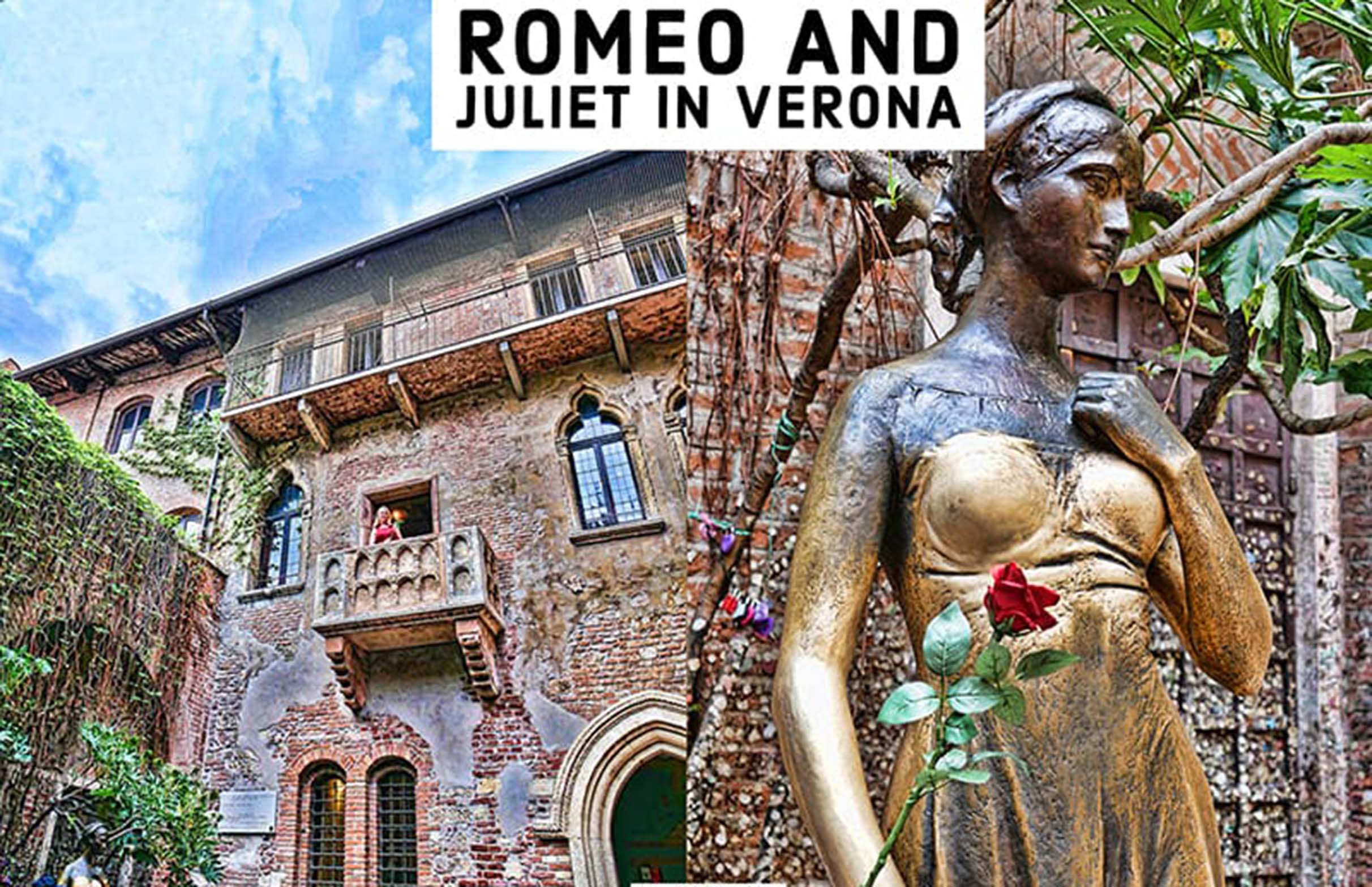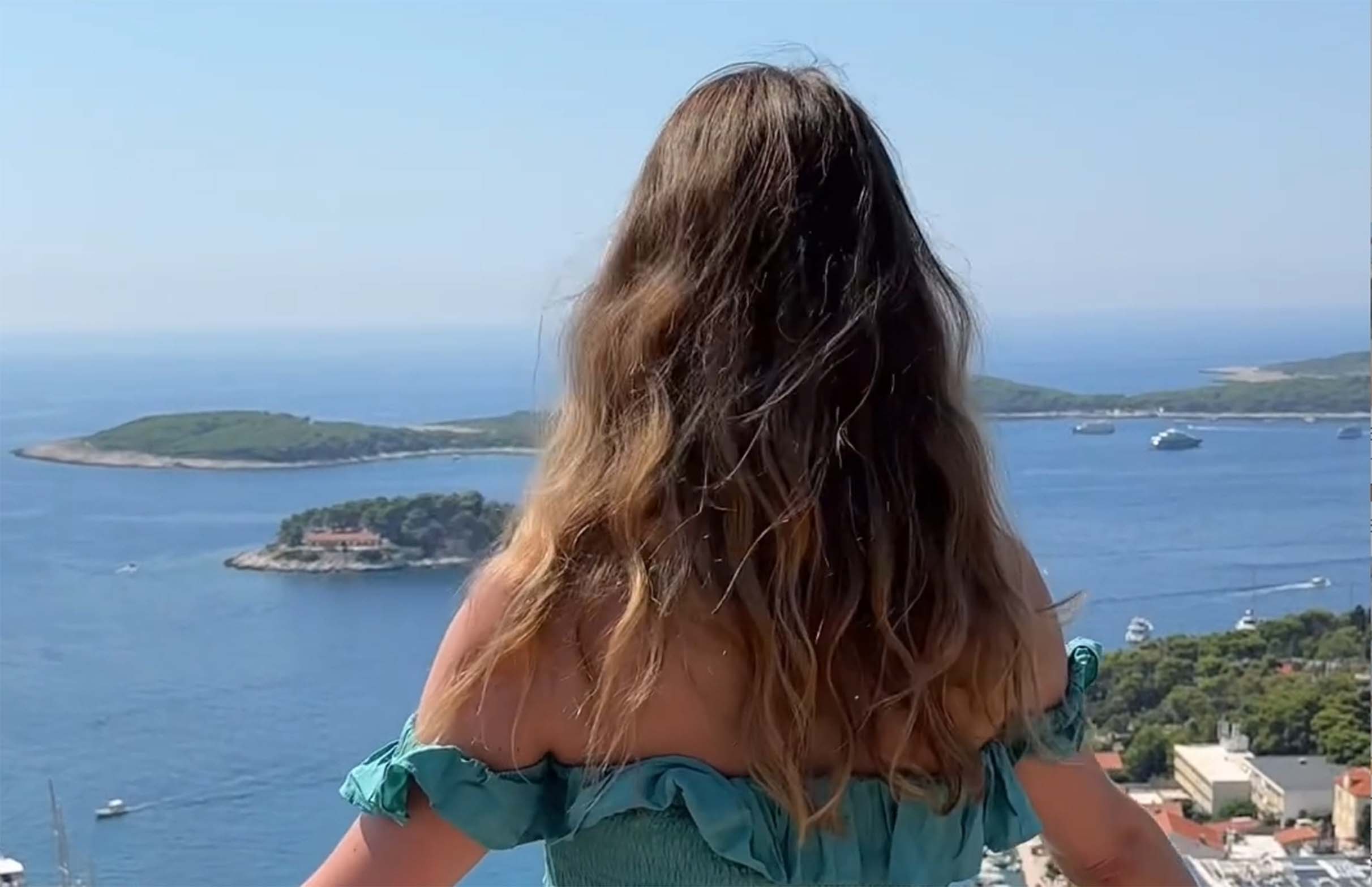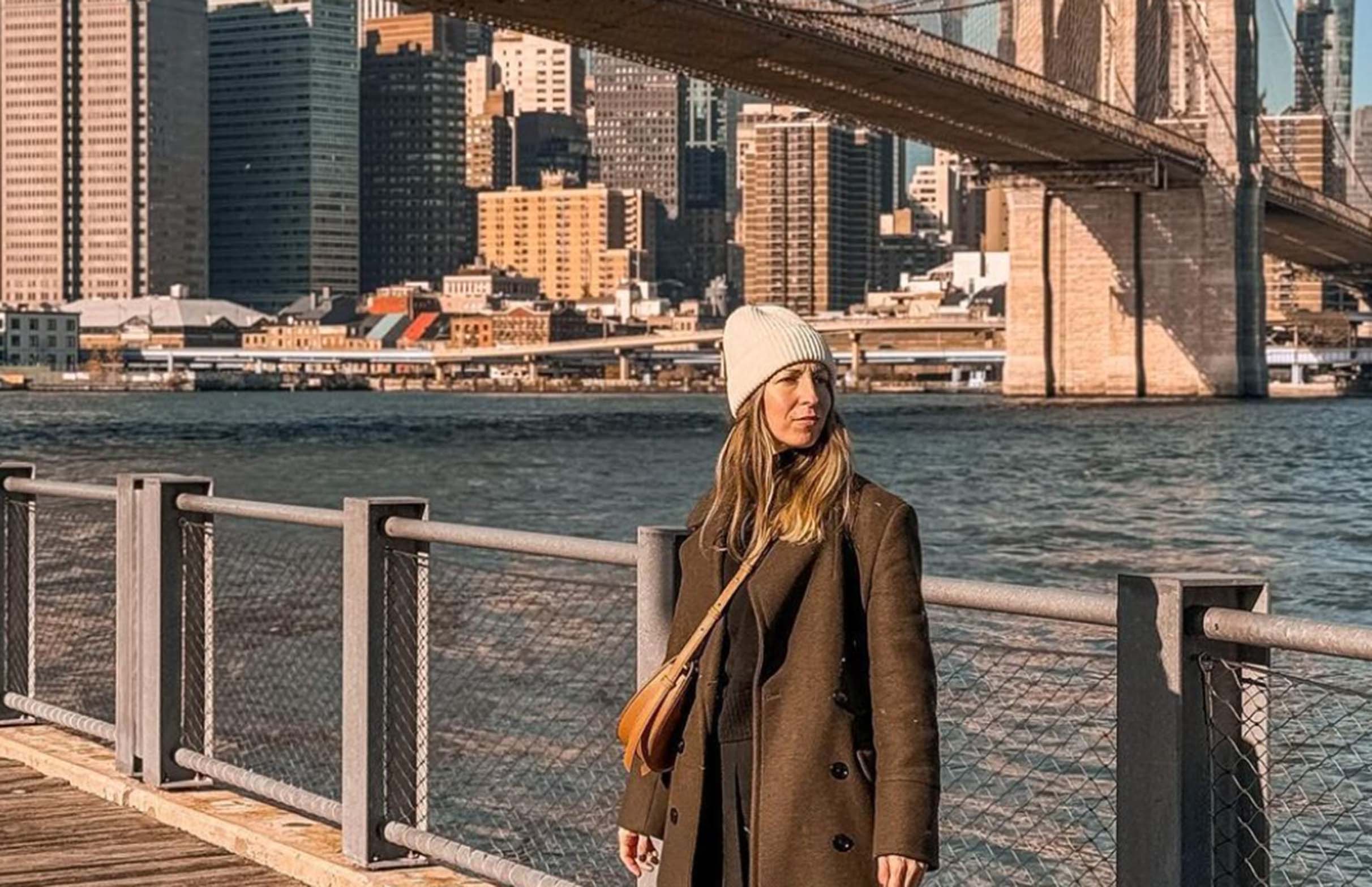Verona, a city steeped in history and romance, is famously known as the setting for Shakespeare’s tragic love story, “Romeo and Juliet.” This enchanting Italian city has become a pilgrimage site for lovers and literary enthusiasts from around the world. In this comprehensive guide, I’ll introduce the must-see spots in Verona that are directly linked to Shakespeare’s timeless tale.
1. Juliet’s House: The Heart of the Romance
Juliet’s House, or Casa di Giulietta, is located at Via Cappello 23, in the historic center of Verona. This iconic 13th-century building is just a short walk from Piazza delle Erbe. To get there, you can stroll through the charming streets of Verona, or take a local bus or taxi if you prefer. The house is well-signposted and centrally located, making it easy to find.
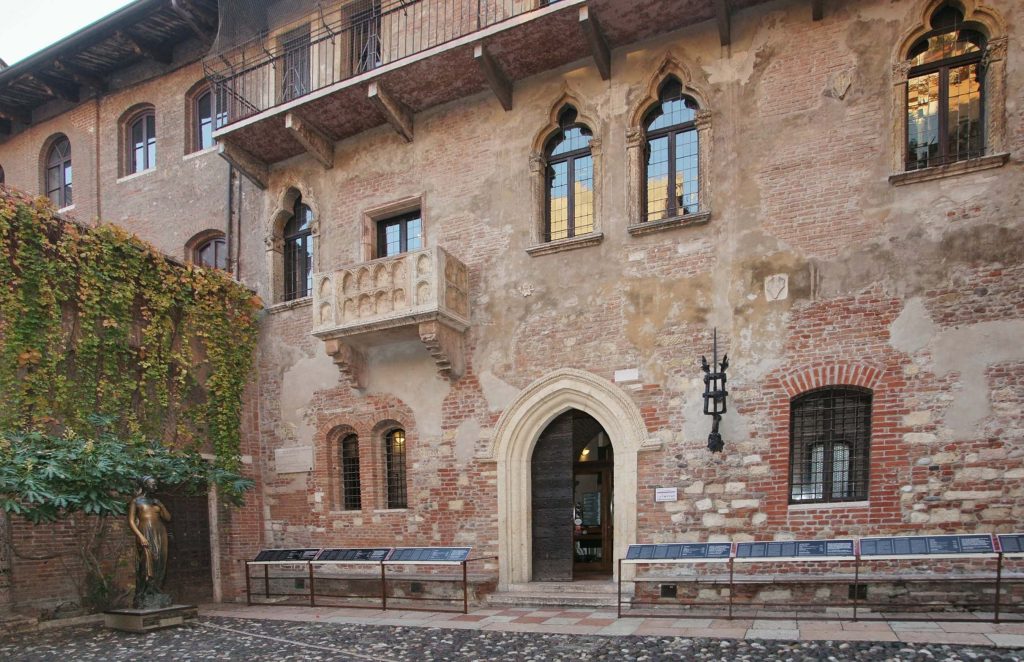
Historical Significance
While Juliet’s House is not the actual residence of a historical Juliet, it is widely believed to have inspired the setting of Shakespeare’s play. The building is associated with the Capulet family, Juliet’s supposed clan in the story. The most famous feature of the house is the balcony, which has become a symbol of the romantic tragedy.
As you approach Juliet’s House, you’ll see a bronze statue of Juliet in the courtyard. It’s a popular tradition for visitors to touch Juliet’s breast for good luck in love. The courtyard itself is adorned with love letters and notes left by admirers from around the globe. Many of these letters are collected by the Juliet Club, which responds to them on behalf of Juliet.
Inside the house, you can explore a small museum that provides insights into the history of the Capulet family and the legend of Juliet. The museum features costumes and artifacts from various adaptations of “Romeo and Juliet,” adding to the immersive experience.
The highlight of the visit is the famous balcony where Juliet is said to have spoken her lines to Romeo. The balcony offers a fantastic view of the courtyard below and is a favorite spot for photographs. It’s worth noting that the house can get quite crowded, especially during peak tourist seasons, so it’s best to visit early in the day or later in the afternoon to avoid long lines.
Tickets and Booking
Admission to Juliet’s House costs around €10 for adults, with discounts available for students and seniors. You can purchase tickets on-site, but it’s a good idea to check the official website for any special events or timed entry slots.
2. Romeo’s House: A Glimpse into the Rival Family
Romeo’s House, or Casa di Romeo, is located at Via Arche Scaligere 3, near Piazza dei Signori. It’s a bit less well-known than Juliet’s House but is equally significant to fans of Shakespeare’s play. To reach Romeo’s House, you can walk from Juliet’s House, which takes about 15 minutes, or take a short bus ride.
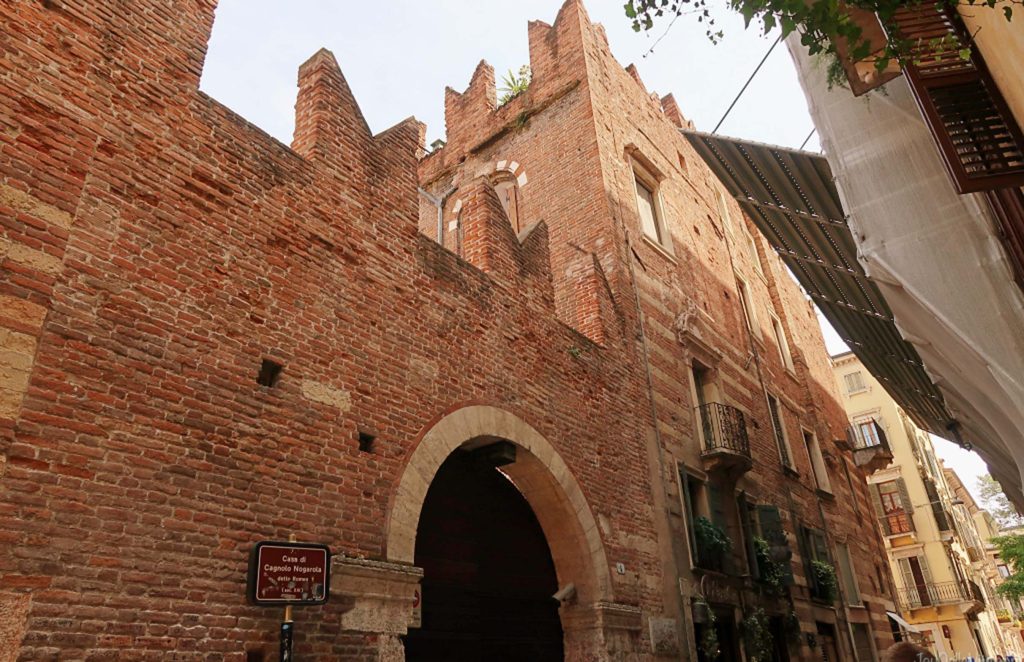
Historical Significance
Similar to Juliet’s House, Romeo’s House is not a historical residence but rather a site associated with the Montague family, Romeo’s clan. The building dates back to the 13th century and is believed to have belonged to a wealthy merchant family during Shakespeare’s time.
Romeo’s House is less frequented by tourists compared to Juliet’s House, offering a more serene visit. The building features a charming medieval façade, although there is no specific balcony like Juliet’s. The main attraction here is the historical ambiance of the building and its association with the Montagues.
The surrounding area, including Piazza dei Signori, is also worth exploring. This lively square is surrounded by historic buildings, including the Palazzo del Comune and the statue of Dante Alighieri. It’s a great place to soak in the atmosphere of Verona and imagine the setting of Shakespeare’s play.
Tickets and Booking
There is no admission fee for viewing the exterior of Romeo’s House. If you want to explore the nearby landmarks, you might consider joining a walking tour of Verona that includes stops at both Juliet’s and Romeo’s Houses.
3. The Arena of Verona: The Stage of the Tragedy
The Arena of Verona is located at Piazza Bra, just a short walk from the city center. This ancient Roman amphitheater is one of Verona’s most famous landmarks and is easily accessible by foot or public transport.
Historical Significance
The Arena of Verona, built in the 1st century AD, is an incredibly well-preserved Roman amphitheater. While it was not directly featured in “Romeo and Juliet,” it serves as a testament to the city’s rich historical and cultural heritage. The arena has hosted numerous performances and events over the centuries, including operas and concerts.
Visiting the Arena is a journey back in time. The sheer scale of the amphitheater is awe-inspiring, and walking through its arches and seating areas provides a glimpse into the grandeur of Roman architecture. The arena also hosts various events throughout the year, including the famous Verona Opera Festival, where you can experience world-class performances in a stunning historical setting.
During my visit, I was fortunate enough to catch a rehearsal for an upcoming opera performance. The acoustics and ambiance of the arena added a magical quality to the experience, making it a highlight of my trip.
Tickets and Booking
Tickets for the Arena of Verona are priced around €10 for adults. You can purchase tickets on-site or online through the official Arena di Verona website. It’s advisable to book in advance if you plan to attend a specific event or performance.
4. Juliet’s Tomb: A Poignant Tribute
Juliet’s Tomb, located at Piazza dei Signori, is found in the Church of San Francesco al Corso. To get there, you can walk from the city center or take a bus to the Piazza dei Signori stop.
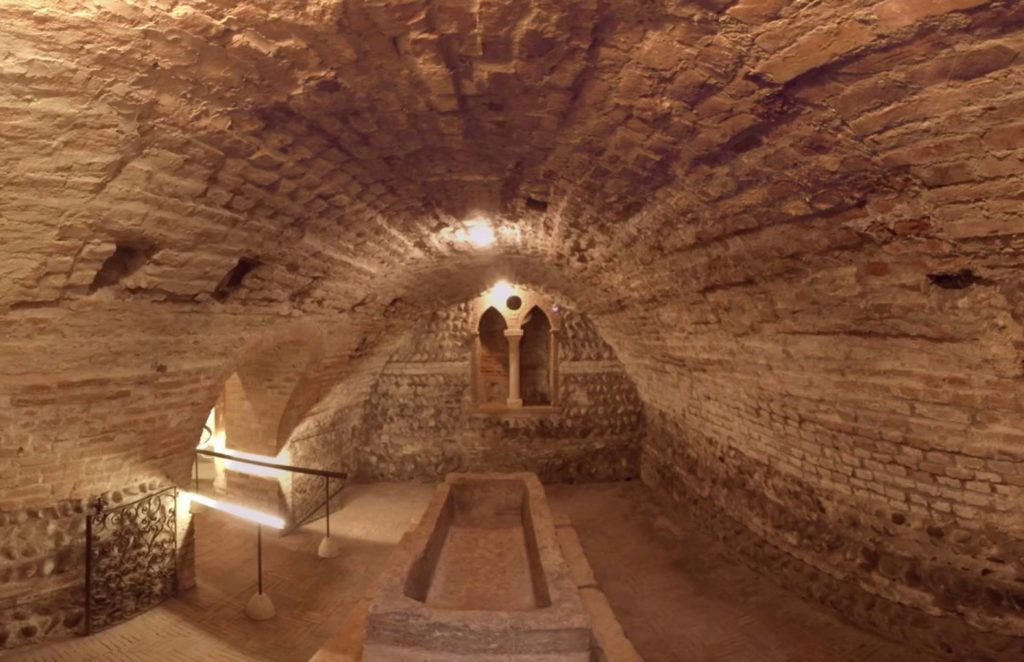
Historical Significance
Juliet’s Tomb is not an actual historical tomb but a site inspired by the legend of Juliet. It is situated in the church’s crypt and is a place of reflection for visitors paying homage to Shakespeare’s tragic heroine. The tomb is decorated with frescoes and sculptures that evoke the melancholy of the play’s ending.
The atmosphere of Juliet’s Tomb is both somber and evocative. The crypt’s dim lighting and historical artwork create a poignant setting that enhances the experience of visiting. While the tomb itself is not the actual resting place of Juliet, it serves as a symbolic tribute to her story.
The surrounding Church of San Francesco al Corso is also worth exploring. Its architecture and historical significance add depth to the visit, providing a sense of connection to Verona’s past.
Tickets and Booking
There is a nominal fee for visiting Juliet’s Tomb, usually around €5. Tickets can be purchased on-site or as part of a guided tour that includes other Shakespearean sites in Verona.
5. Piazza delle Erbe: The Heart of Verona’s Social Life
Piazza delle Erbe is located in the heart of Verona’s historic center. It’s a bustling square surrounded by medieval buildings, including the Torre dei Lamberti and the Palazzo Maffei. You can reach the piazza by walking from Juliet’s House or taking public transport to the nearest stop.
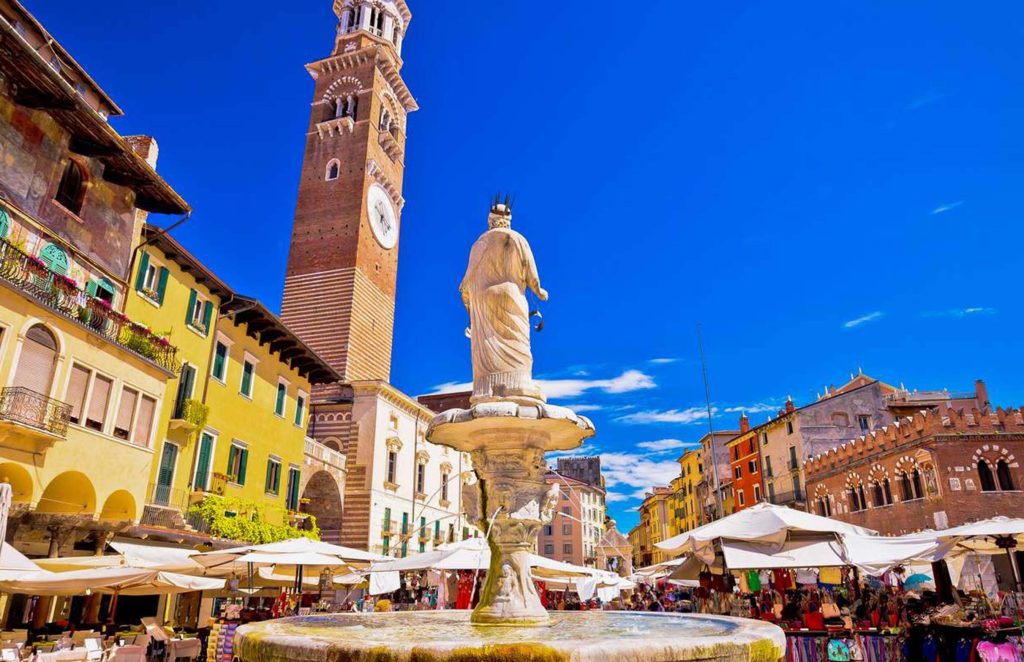
Historical Significance
Piazza delle Erbe has been the center of Verona’s social and political life since Roman times. It was once the forum of the Roman city and continues to be a lively gathering place for locals and visitors alike. The piazza is surrounded by historic buildings, including the 12th-century Torre dei Lamberti, which offers panoramic views of the city.
The piazza is a vibrant and picturesque spot where you can immerse yourself in Verona’s daily life. The square hosts a daily market where you can find fresh produce, local crafts, and souvenirs. The surrounding cafes and restaurants offer a great place to relax and people-watch.
During my visit, I enjoyed a leisurely lunch at one of the piazza’s outdoor cafes, savoring local specialties while soaking in the lively atmosphere. The views of the historic buildings and the bustling market made for a memorable experience.
Tickets and Booking
There is no admission fee for exploring Piazza delle Erbe. It’s an open public space, and you can freely wander and enjoy the market and surrounding cafes.
6. Castelvecchio: The Medieval Fortress with a Romantic Edge
Castelvecchio is located at Corso Castelvecchio 2, on the western bank of the Adige River. It’s a short walk from the city center and well-signposted. You can also take a bus or taxi if you prefer.
Historical Significance
Castelvecchio, or the Old Castle, is a 14th-century fortress built by the Scaligeri family. It served as both a defensive structure and a residence for the ruling family. The castle’s medieval architecture and strategic location make it a significant historical landmark.
Exploring Castelvecchio is like stepping into a medieval fairy tale. The castle’s imposing walls and towers offer stunning views of the Adige River and the surrounding city. Inside, the museum showcases a collection of art and historical artifacts, including medieval weapons and sculptures.
One of the highlights of visiting Castelvecchio is walking along the castle’s ramparts. The panoramic views of Verona and the river create a romantic and atmospheric experience, reminiscent of the dramatic settings in Shakespeare’s play.
Tickets and Booking
Tickets for Castelvecchio are priced around €10 for adults. You can purchase tickets on-site or online through the museum’s official website. It’s advisable to check the website for any special exhibitions or events that might be taking place during your visit.
Verona is a city that brings Shakespeare’s “Romeo and Juliet” to life through its historical sites and romantic atmosphere. From Juliet’s balcony to Romeo’s House, each location offers a unique glimpse into the world of the play and the city’s rich cultural heritage.
